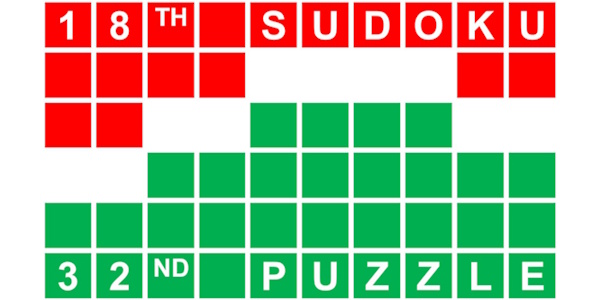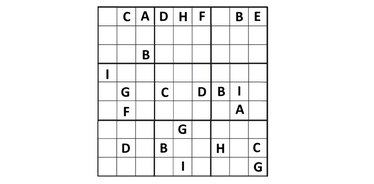Let's look at the basic Sudoku solving strategies that will help both beginners and professionals. In the instructions below, we'll share techniques on how to solve the puzzles quickly and easily.
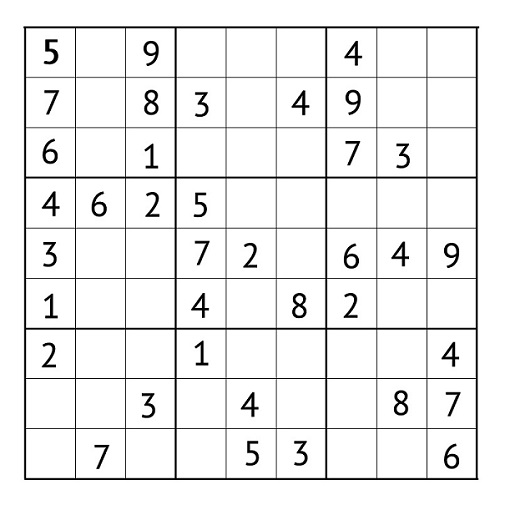
Search for "Hanging Low Fruit."
The strategy is all about picking the numbers you need to place in the squares on the grid using the method of elimination. The player then looks at what values are already on the field and decides whether to add new ones.
Take a look at the square in the middle row (left column). The numbers 4, 6, 2, 3, 8, 5, 1, and 7 have already been placed here. As you can see, we're missing a nine here, which is what the method of elimination shows us. Once we've added the number 9, we can make more progress on solving the problem.
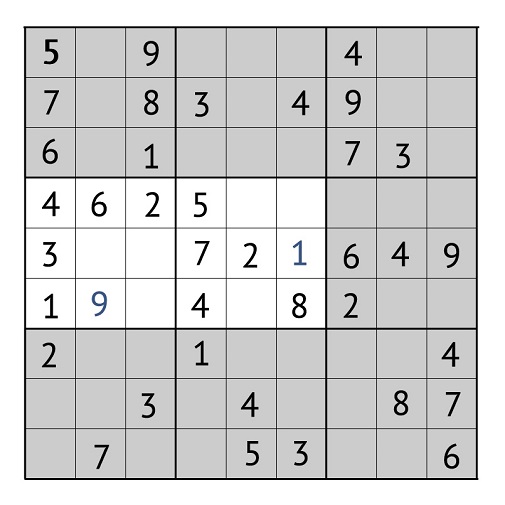
Let's take a look at some other areas where we can make quick improvements. We suggest focusing on the row that runs through the center row. It's missing just one digit, too! There are three, eight, five, seven, two, six, four, and nine. Through elimination, we determined that we need one. So we just put it in the empty cell.
We've had some success with the fruit search strategy. We've now got a Sudoku grid with two extra cells filled in.
Explore neighbouring squares
Once we've added 9 and 1, it's clear there aren't any more freebies with low fruit. All right, let's move on to the next step. The middle column in the center of the square is where your attention is drawn. The Sudoku authors have already filled it in. The numbers are 1, 2, 4, 5, 7, and 8. By eliminating the obvious options, we can see that we're missing numbers 3, 6, and 9. But how do we get them in the right place?
To get to the answer, we move on. We can see the squares to the left and at the bottom. We know we need to write the values 3, 6, and 9. We've already got a six in the square on the left, and there's a three at the bottom. So, we need to write a nine in the middle square at the top right. This is called the method of elimination. This method isn't just used in everyday life, but also at international championships.
Let's move on and see where we can fit in the 3 and 6. We know there's already a six in the top row of the square on the left, so we can rule out putting a six in the top row of the center square. The method of elimination suggests that only a 3 can go in there.
Here's what the completed Sudoku grid looks like:
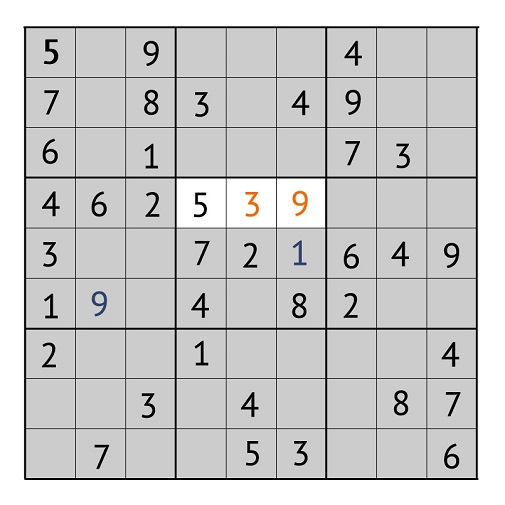
As an example, we'll use the easy Sudoku, where the authors have already filled almost all the fields. The "hanging fruit" strategy can also be used for complex Sudoku. All you have to do is look for the obvious solutions and squares/columns/lines with filled cells.
